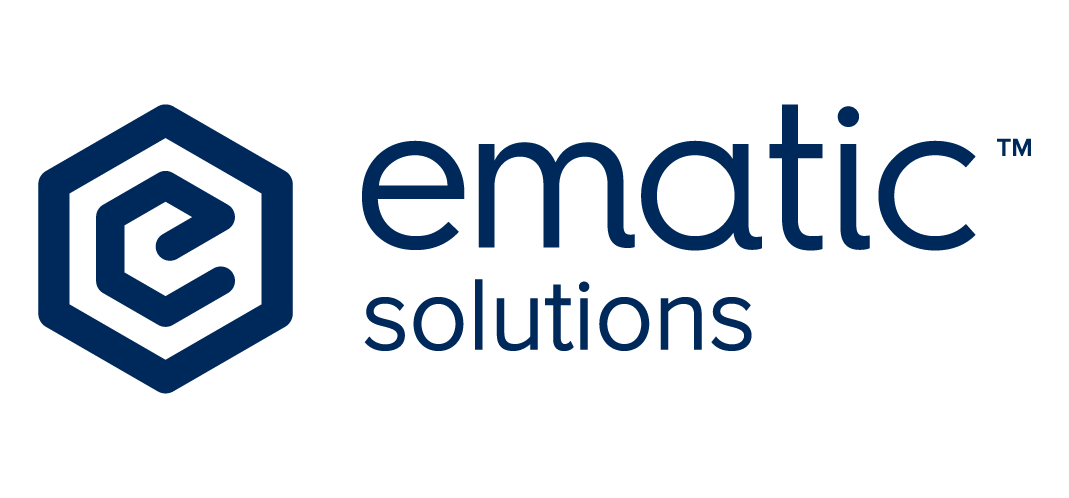mParticle: a Customer Data Platform that never stops innovating
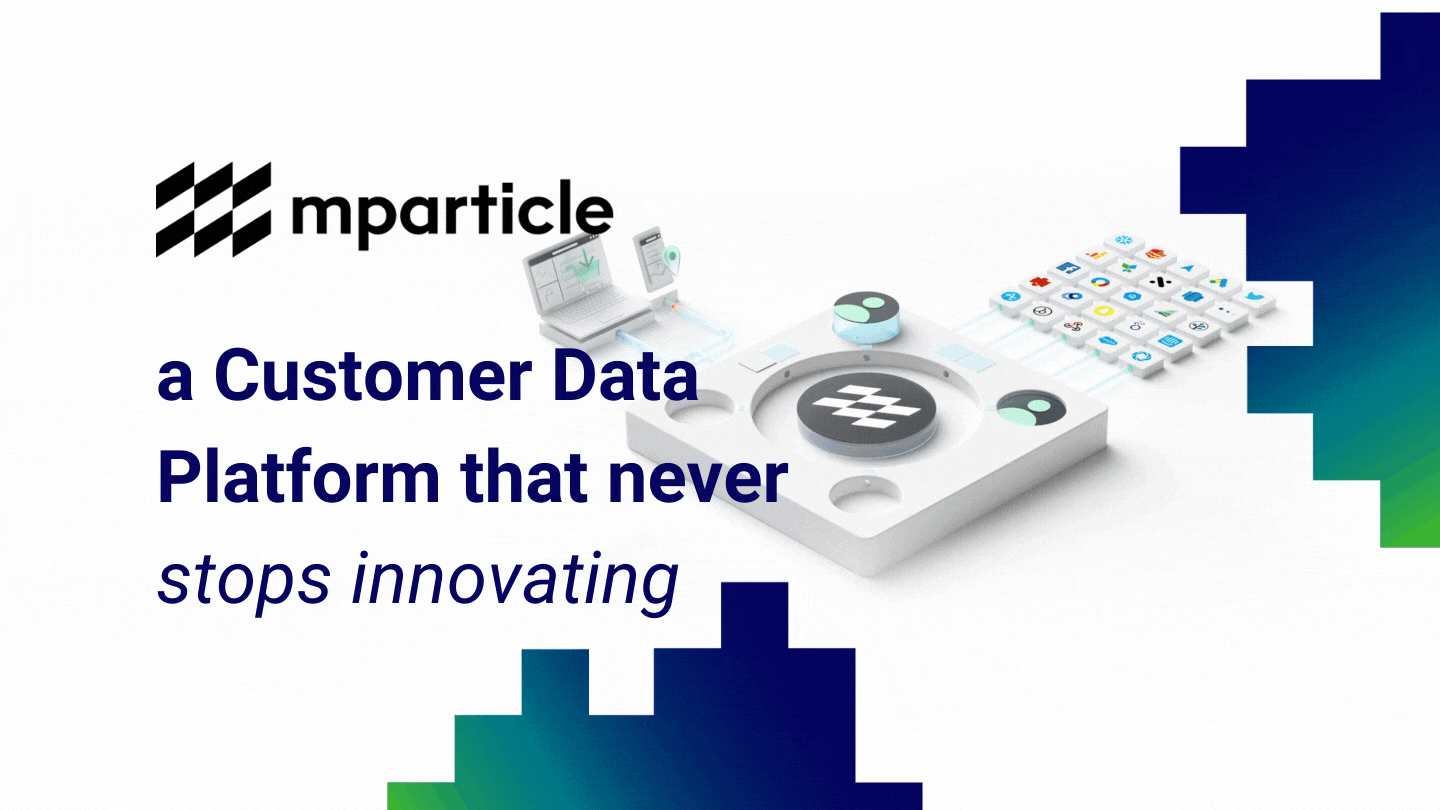
We’ve talked about Segment and Tealium in our recent posts on how both focus on different target segments and components in the Customer Data Platform (CDP) space. Today’s article will be touching on where mParticle fits in the room. Segment and mParticle were born around the same year when the “Customer Data Platform” concept emerged not long after Tealium made the switch. Some people say that Segment and mParticle are nemeses. But, we see that mParticle is much more competitive for Tealium vs. Segment because the products are enterprise-grade and mParticle never stops innovating to improve its products. Similar to Tealium, mParticle also provides solutions for large Enterprises vs. mid-market. mParticle is moderately well-known, used by famous brand names such as Venmo, Spotify, Airbnb, and many more. For a solution that has big brand names supporting them, mParticle is reasonably affordable. Unlike Tealium, mParticle concentrates on data infrastructure and enforces data quality and governance. They let marketers build fully managed, highly available, and secure data infrastructure. mParticle’s Data Connections lets you capture data from all of your platforms and data sources using 12 platform-specific SDKs or Events API and connect to (and from) 300+ marketing tools. Their newly released feature lets you measure video and audio usage metrics and more with one easy-to-setup SDK. They support teams across your organization with always-on Data Quality tools, such as creating a pipeline of consistently clean, accessible data for all stakeholders or merging anonymous and known customer profiles programmatically while maintaining compliance. Their “Smartype” feature also enables engineers to ensure proper event collection at run time with automatic code completion to eliminate incorrect cross-platform instrumentations. Their Data Governance safeguards your customer’s privacy by working with OneTrust to collect and manage compliance and consent across your stack. They meet compliance regulations wherever your company has a presence across the world. They also honor requests from Apple users to opt out of data collection for analytics tracking. Lastly, mParticle lets you extend 275+ event and audience integrations to include 550+ LiveRamp-powered integrations with leading measurement and media partners. Their “Calculated Attributes” feature will continuously update user and event attribute calculations for deeper customer insights that you can use to enrich audiences, drive increased personalization, enhance analytics, and improve speed to market. Segment also highlights their Data Connections/Infrastructure, and Tealium is designed for Enterprise. However, we like mParticle as they are genuinely enterprise-grade and have a well-planned product strategy and wide-ranging roadmap. If you wish to understand more about mParticle and how they can fit in your stack as your data layer, contact Ematic’s buyers’ agent today.
Meet our sister company: Elixus Agency
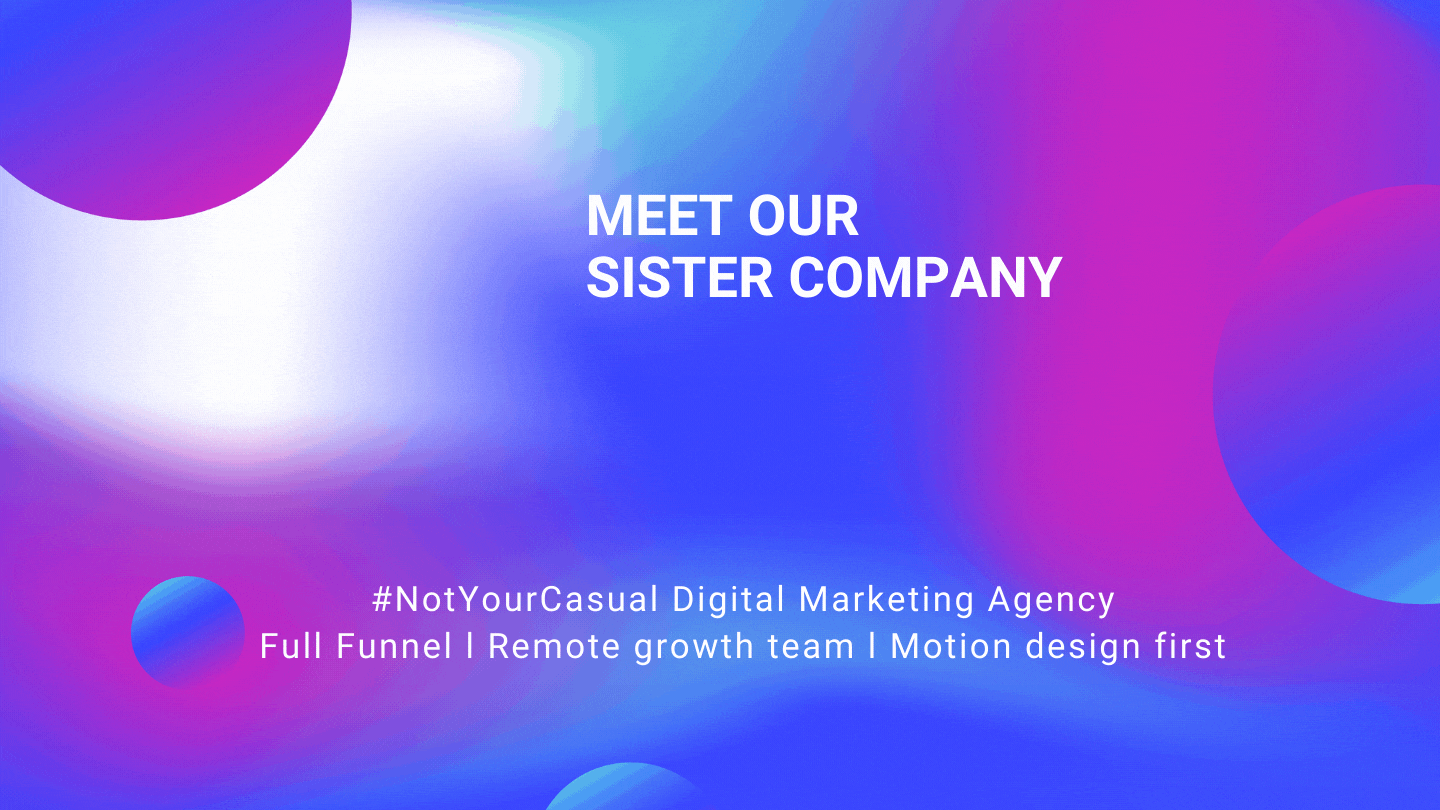
Patterned after “Growth Stack” technology, Ematic Group not only builds technology but we form agencies with best-of-breed businesses that focus on a local touch, regional coverage, and global scale that uniquely fill gaps in the market. Introducing an award-winning digital agency and a part of the Ematic group, Elixus offers a fully integrated approach to digital marketing, focusing on performance marketing and tackling everything else it encompasses. Performance Marketing Social Media Marketing Website Design & Development Branding & Content Creation SEO Audit & Implementation Founded in 2019 by the CEO & Founder Cyril Dheanut with other board members, they have expanded their presence in eight countries in two years, including Malaysia, Indonesia, Vietnam, Singapore, Hong Kong, and the Philippines. In 2021, they have set footprints in the United Kingdom and France to extend their services in the European market together with the agency partner – Motionable.io. Elixus is not about revolutionizing digital marketing, just doing it better. With their unique in-house proprietary Ad tech, where all the design for A/B testing is done in-house – for free, and where the project team is not merely a service team but acts as your remote team with solid business acumen. A/B Test At Scale & Motion First. If you are keen to explore some of the case studies and the brands that Elixus works with, you can check them out on this page. Contact us today to speak to one of our digital marketing experts to discover how Elixus can help your business grow.
Tealium: The enterprise-grade solution for your single source of truth
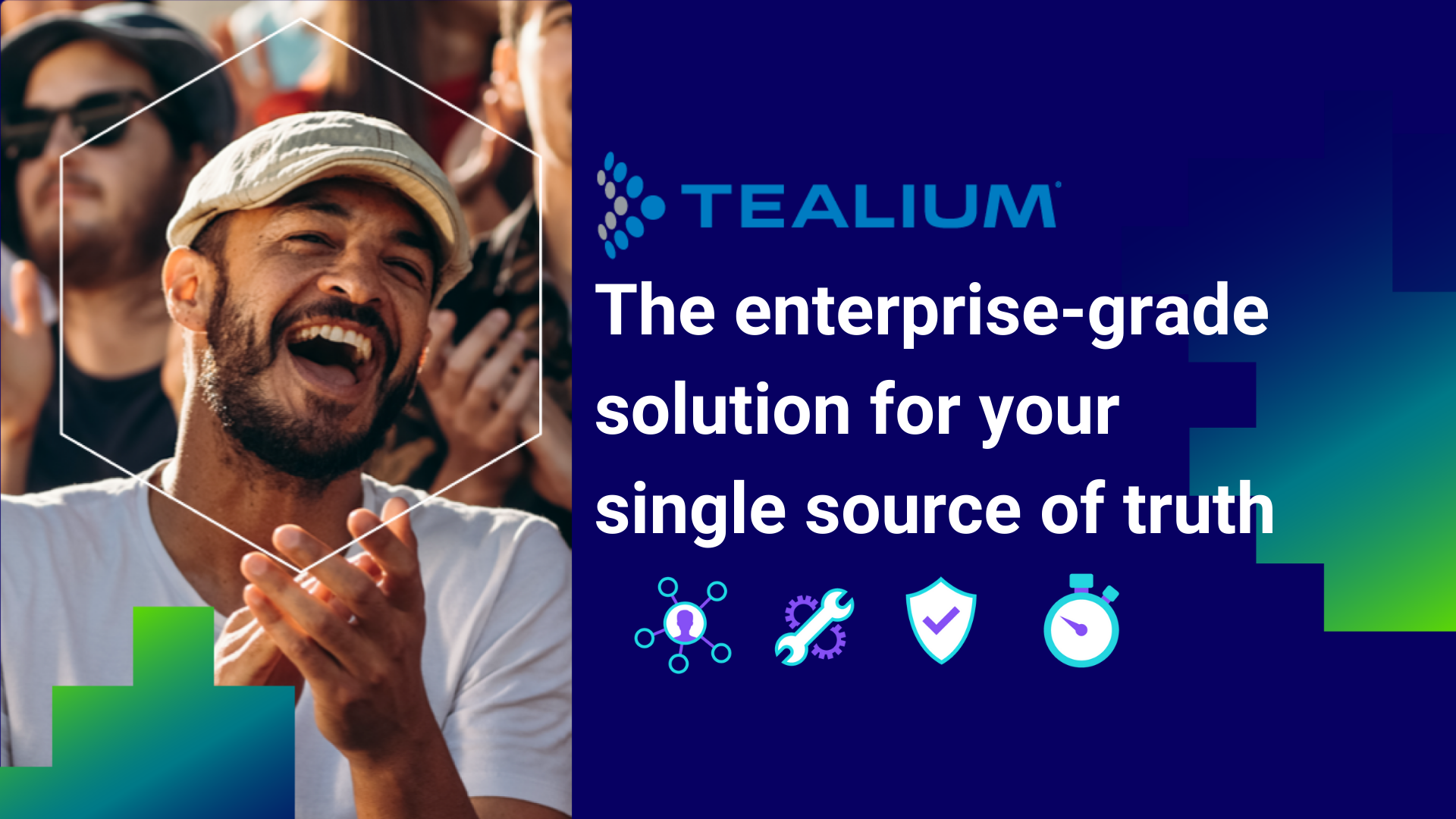
Previously, we discussed why Segment’s Connections product is the solution to go if you want to start building modern best-of-breed growth stack marketing. (for those who haven’t read it, please check it out at this link) In today’s article, we will cover the actual Customer Data Platform (CDP) functionality, which is getting a 360 view of your data in a single platform. While Segment has the “Personas” product that can build real-time user profiles, Tealium, an enterprise-grade Customer Data Platform, lets you construct highly accurate, comprehensive, and actionable customer profiles with their AudienceStream product. CDP has increasingly become the foundation around which all brand engagement is constructed. Having it as the single source of data truth allows you to create unforgettable and personalized experiences for your customers. Other reasons are also because it enables you to: Get access to the customer insights faster as everything will be flowing in real-time. Personalize your customer engagement from the data you’ve obtained from various sources(web, mobile, digital apps, IoT, offline data, etc.) Keep track of cross-channel activities. And lastly, it allows you to use the best-of-breed solutions without thinking about how much time and cost you need to spend due to its modern integrated infrastructure. Tealium’s AudienceStream product is designed to realize those ends. It gives you the complete picture of your customer and the flexibility to custom-tailor their profiles that are actionable based on your business rules. When it comes to activating the data, AudienceStream integrates with 1,300+ solutions that let you trigger action within the marketing technologies you are already using based on real-time customer data signals. That said, Tealium is considered to be the enterprise-grade solution mainly because they open their platform to be customizable for users to utilize, which is also reflected in the cost of the product. Other alternatives such as Segment and mParticle also offer their own plus points. However, we recommend checking Tealium’s AudienceStream if you’re looking for a solution to be your single source of truth that offers flexibility and easy integrations. If you are keen to learn more about Tealium’s AudienceStream, Ematic can help arrange a demo and ensure you’re getting the best deal. Moreover, if additional supports are needed, we offer implementation service and consultation to guarantee a smooth onboarding and maximum adoption of the solution. Contact us to find out more!
Growth Stack Series #2 – HOW TO develop a strategy for your Growth Stack
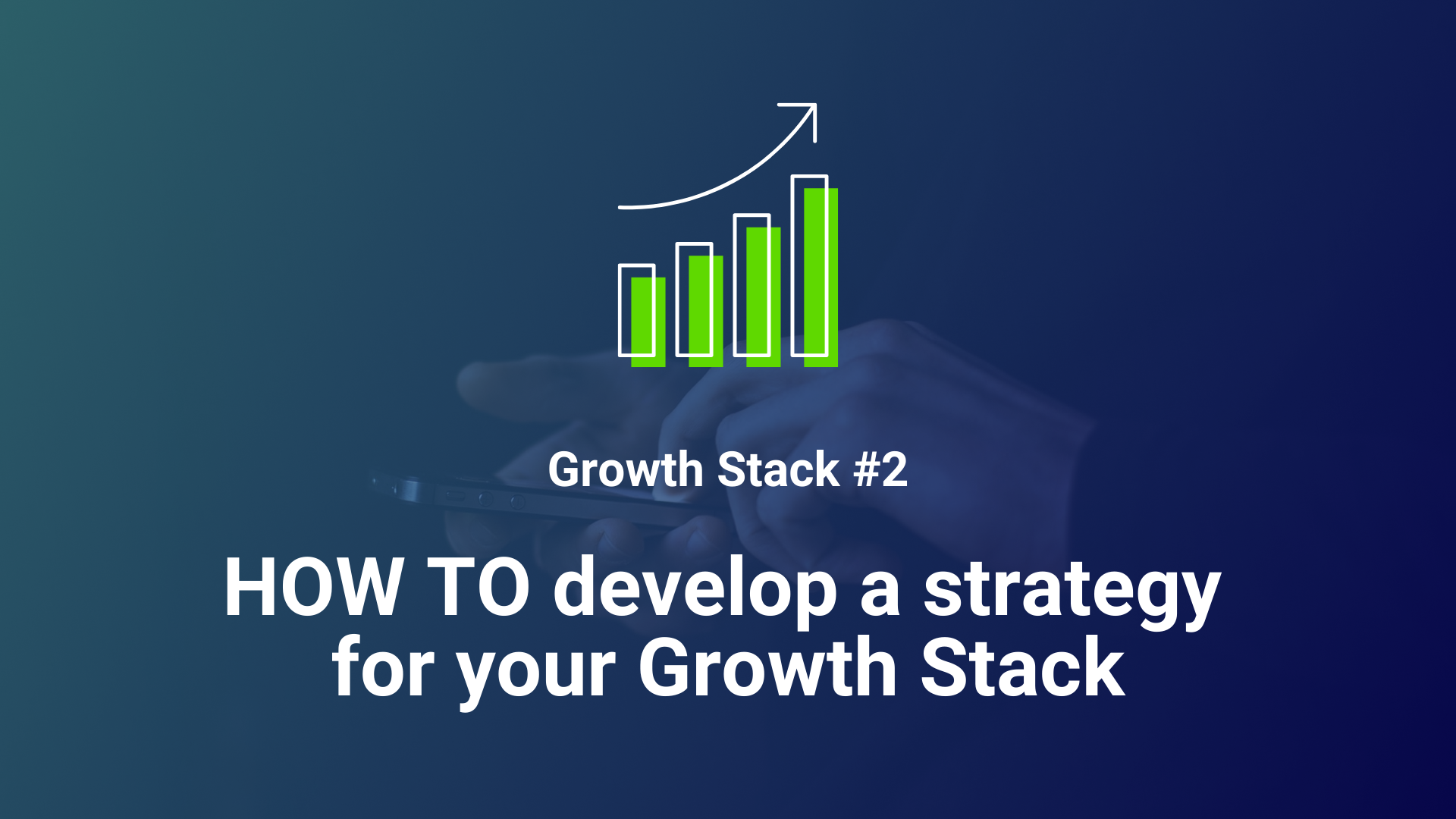
In our last post we covered the basics of what a Growth Stack is and why it’s important. In this post, we’ll cover a bit of strategy when thinking about building or upgrading your Growth Stack. We’ll also take a look at some of the key functional areas of the Growth Stack including CDP, Messaging Tools, Mobile Attribution and Product Analytics. As a starting point, remember that what we’re trying to achieve is to get your entire digital ecosystem connected, integrated, and talking to each other. That opens the door to “personalization at scale” as you can truly coordinate across channels when every channel knows what’s happening with that user across everything else that you’re doing. The second important goal is to future-proof your business by adopting a strategic view on your technology to ensure you’re always ready to adapt your stack as the digital ecosystem continues to evolve at an ever-faster pace. A couple of important principles to consider: Avoid “multi-function” or “all-in-one” technology: it is nearly impossible for any single-function technology to stay on top these days, as an increasingly competitive landscape is producing new “best of breed” technology at ever-more-rapid pace. Multi-function or supposed “all-in-one” technology doesn’t stand a chance – even if one of the core functions is good, other functions will lag behind and you can end up “stuck” with a solution that’s not meeting your needs. Integration-first is a must. The very first thing Ematic Solutions looks at when evaluating technology is the API documentation and the underlying data model. A great product with limited bi-direction integration capabilities is utterly useless to a Growth Marketer as it creates a silo that breaks the entire vision of an interconnected ecosystem. Ideally many integrations should be pre-built, plug and play solutions that make it possible for a marketer vs an engineer to connect. Step-change your way to glory: you don’t need to build your entire growth stack all at once. If you’re just getting started building your stack, just start by making technology choices that will become future components of your growth stack. If you’re evaluating several options, pick the one that is going to be the best fit for your future growth stack. As you change out parts over time, your ecosystem will become increasingly interconnected as you bring more pieces together. Maintain flexibility. Avoid any contracts longer than a year until you’ve got your stack firmly built out, and you have a clear view how any given piece of technology is going to work for your business. Things are changing all the time, and the more contract flexibility you have, the better position you will be in to change out or upgrade components when the time comes. Manage your costs. Building a growth stack can get expensive, and if you’re finding the proposition to be budget-stretching, look for tradeoffs: depending on the nature of your business, some parts of the Growth Stack will be more important than others. Invest where you need to, but look for some lower-cost alternatives in less-critical components to make sure you reserve some dry powder for when you need it. With those considerations in mind, let’s take a look at some of the core components of a Growth Stack: CDP = Customer Data Platform (major players = Segment, Tealium and mParticle): this is the essential piece of infrastructure, as it is the data hub to connect everything in your digital ecosystem. There are many players now advertising CDP as part of their offering, but our opinion is that most of them aren’t really CDP. The most important aspect of CDP is that it can work with any technology you are using, so if you see CDP functionality that is tightly bundled with other core Growth Stack components, that should be a red flag. We like the pure play CDP’s best, that just focus on data inputs and outputs while creating a central view of the customer. Also, we view CDP as something of an investment rather than a direct ROI play, so if you’re struggling with budgets, you can consider starting with other components, but at some point CDP must be on you roadmap. Mobile Attribution (major players = Appsflyer, Adjust and Branch): this is an absolute must for anyone with a mobile app, as it is the only way to measure the efficacy of your App Download Campaigns. Unlike the web, where you have direct access to analytics about which customers came from which campaign, when your users go to download your app from the app stores, the “chain” of data is broken because the event happens purely in a 3rd party environment. Attribution tools not only allow you to measure your ROI effectively from your app download campaigns, but they also feed the initial event data (who’s downloaded, have they activated, etc) into your data ecosystem. This is critical for retargeting and activating users. Product Analytics (major players = Mixpanel and Amplitude): the key to driving rapid growth of your user base is to have an iterative approach to optimizing your app. Testing, analysis, and iteration form the core of ensuring your users love your product, and Product Analytics tools are built for product teams to easily perform this iterative approach. As a side benefit, the data generated by these products is GREAT for marketers to use as segmentation, targeting and retargeting criteria in marketing channels. Messaging (major players = Iterable and Braze): there are hundreds of messaging products in the world today, but when it comes to tools that are built for the Growth Stack, we look for products that are integration-first, with an ability to consume data from numerous sources quickly and simply, and while they need to be strong in traditional messaging channels like Email, Web Push, App Push and In-app notifications, they should also have the flexibility to serve as an automation engine to theoretically any messaging channel. Again we recommend avoiding “multi-purpose” products that try to combine multiple of the core
Breaking the Curse: How to stop being haunted by email fatigue
If you are a Marketer and have been using Email Marketing as one of your retention channels, you’d probably heard about “email fatigue” before. Email fatigue is real and is a huge issue when doesn’t matter how well-optimized your email content is, performance keeps on decreasing over time. So what is Email Fatigue? What makes our emails “fatigue”? What are the best ways to avoid it? As an expert who has been working in the Email Marketing & Marketing Technology field for over 12 years now, Our Founder – Paul Tenney shared his views about the issue in the Webinar hosted on Pathwire’s Event. Watch the full webinar here: Here are four main takeaways from the Webinar: If the fatigue occurs as a result of time functions, it suggests that newer subscribers are superior to older ones. To improve performance, shift the dynamic as much as possible in favor of new subscribers. Ensure that your customer database is engaged in receiving your email blasts on a regular basis. Three times a week is recommended for people in the e-commerce industry. The causes are as follows: ensuring that you make the most of the data you have, deliverability – if you have a deliverability problem, all of the dynamic blocks will be reset after 24-72 hours, reputation – more frequent mailers get better reputation because they are consistent in term of the email sending volume. Give people some time off if they aren’t engaging as their tendency to respond to future emails will increase over time. What you don’t want to do is cut them off because you’ll lose a lot of top-line performance. Email marketing automation is a completely paradoxical concept. People, for the most part, spend more money creating journeys than they do making money from them. However, abandoned cart emails allow you to pull conversion from that leaky bucket before they leaked out without having to blast them a lot of emails, which will drive more fatigue and lower your open and click rates over time. As a result, the real value of email marketing automation is to reduce the dependency of a blast email. Ematic Solutions has built a plugin called Hi-iQ that automatically manages fatigues and addresses them systematically. You DON’T need to pay for it until it saves you some money. If you’re interested in a Hi-iQ trial, please don’t hesitate to contact us!
Topenland: How does a leading PropTech Company build its Growth Stack?
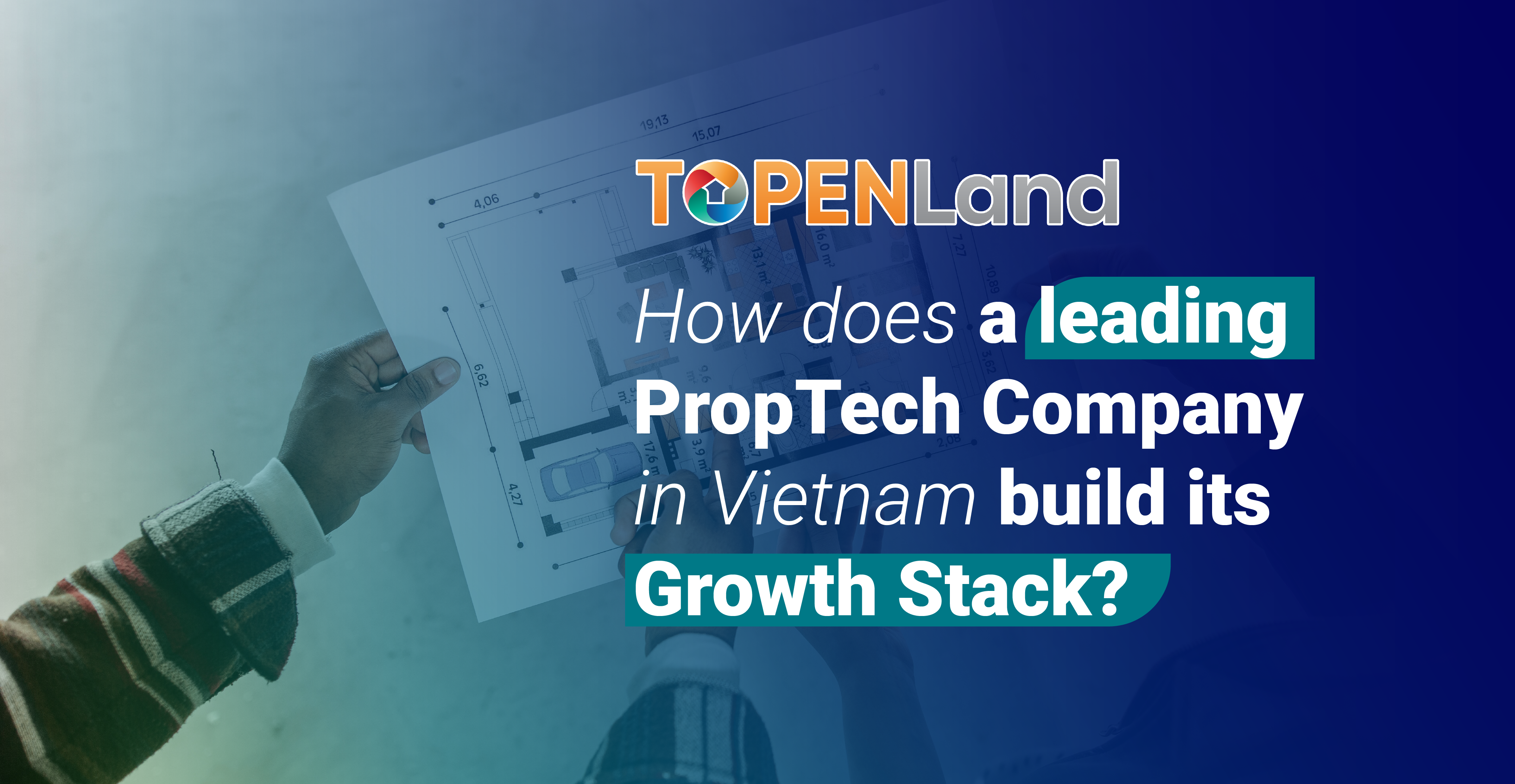
Topenland Viet Nam Corporation is a pioneering real estate technology platform (using Big Data & AI) where everyone can participate and succeed in real estate buying – selling – brokerage – investment – in only one platform. Topenland’s mission is to close the gap and remove barriers between real estate buyers and sellers. About the users: unlike other real estate platforms, Topenland’s product is for all participants with different purposes: buyers, sellers, brokers, investors… So they need to have a holistic understanding of user behavior since these visits are anonymous. Engaging users to different cohorts without knowing where they come from, who they are, what they need is like throwing a dart in the dark: it’s nearly impossible to hit your “target” or in this case, your business goals. About the product: their product is pioneering in this section, an all-in-one platform for any one who wants to buy, sell or invest in real estate. They need to deeply understand how users interact with their features & experience the product. Internal Resources constraints: lack of knowledge and experience to review and explore marketing technologies in the market. A holistic approach for marketing technologies stack demo: avoid silos demo from different marketing technologies and miss out the full picture of how each platform integrated and work together to meet their requirements. After reaching out to many vendors in the market, Topenland decided to select Ematic Solutions as their sole delegate. Throughout the process, Ematic has: Helped to contact, review and compare unbiasedly different sets of tools based on the client’s requirements, and met both of their short and long term growth plans. Helped to negotiate with different vendors to lower their quotation as well as get the client the most beneficial contracts with those vendors. Connect all the platform providers in their Growth Stack to organize a whole stack demo session. Help them to simplify their paperwork and payment process with multi and international platform providers. Played a role as their Project Manager to help the client connect all the vendors and co-manage the whole implementation process. Provide them an ongoing maintenance and consultation as well keep their growth stack up to date and ensure it all aligns with Topenland business objectives at different stages. Why this set of tools? This “best of breed” system gives Topenland the flexibility to add-on, replace or remove any tool without affecting the operation of other tools in the whole stack. It meets all of the requirements of BI, Product, Marketing and Growth teams in: tracking and analyzing users’ behaviors as well as their campaigns. building up Customer 360° view and retargeting them in every touchpoints at the channels they prefer give them strong evidence to optimize their product as well as verify their hypothesis in developing new features. – Topenland saved 3 months in the implementation process (based on the current timeline) compared to their current internal resources (thanks to Ematic helping them to do the coordination with their vendors). – Through Ematic’s partnership, Topenland saved 30% of implementation fee, 20% of platform fee and 60% of the ongoing support fee compared to working directly with each platform provider.
Segment: A simple yet powerful data unification solution for your growth stack
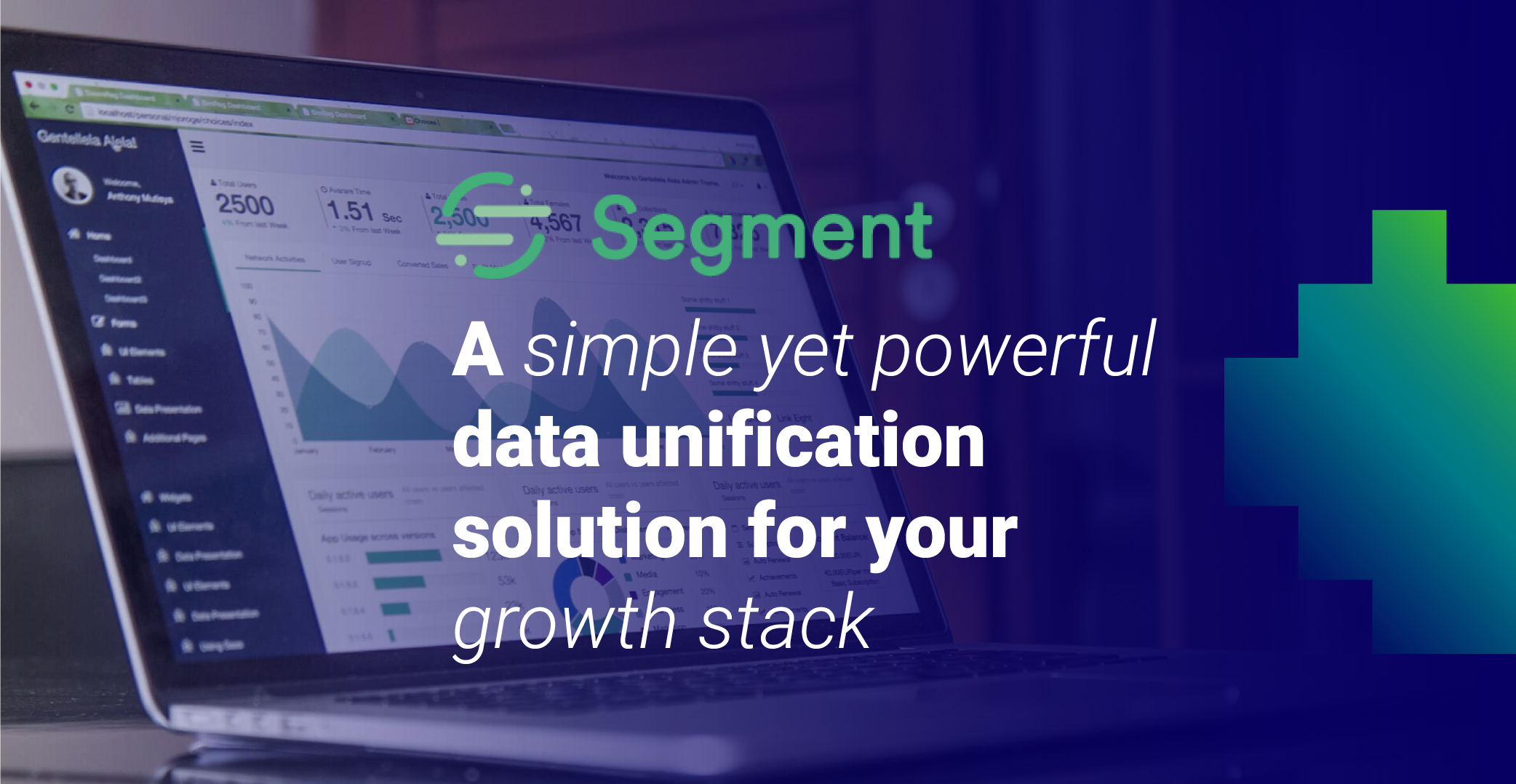
For marketers looking to build a modern, best-of-breed growth stack, Ematic highly recommends looking at Segment as a starting point. While “CDP” or Customer Data Platform has practically become a buzzword recently, the essential need isn’t the actual data platform. It’s simply the data integration and data unification layer that is the foundation of today’s growth stacks. CDP serves as a single source of truth of your data that enables you to leverage them in real-time for marketing purposes. While the concept is simple, CDP consists of a few components: Some CDP solutions like Segment offers these three components individually. With Segment’s “Data Connections” product, the dream of using the best tools and leveraging a unified data set across the entire digital ecosystem becomes possible. It is not only an affordable solution, but it can potentially reduce costs overall and fundamentally reduce a fair amount of manual work for your IT team to collect and connect customer data from multiple data sources (e.g., GA/FB pixel/Intercom) using Segment’s unified tracking code. Once you’ve set up Segment’s “Connections” product, adding or changing components of your growth stack goes from “complex and expensive” to “plug and play” which means whether you’re leveraging 3rd parties or your own team to perform the setup, your costs go down dramatically. If you’re looking at Mixpanel, Amplitude, Iterable, Braze, Adjust, Appsflyer, or other best of breed marketing technology, integrating Segment first allows you to rapidly develop the entire stack and get your time to value down to an absolute minimum. We still very much like Tealium as a more full-featured CDP play, but for marketers who aren’t quite ready for that level, consider Segment as an excellent utility play that can completely change the trajectory of your growth stack both now and into the future. If you are interested in understanding more about Segment, Ematic can help organize a demo and provide consultation. Talk to our buyer’s agent and get yourself a demo!
Holiday Season 2021: The Ultimate Marketing Guide
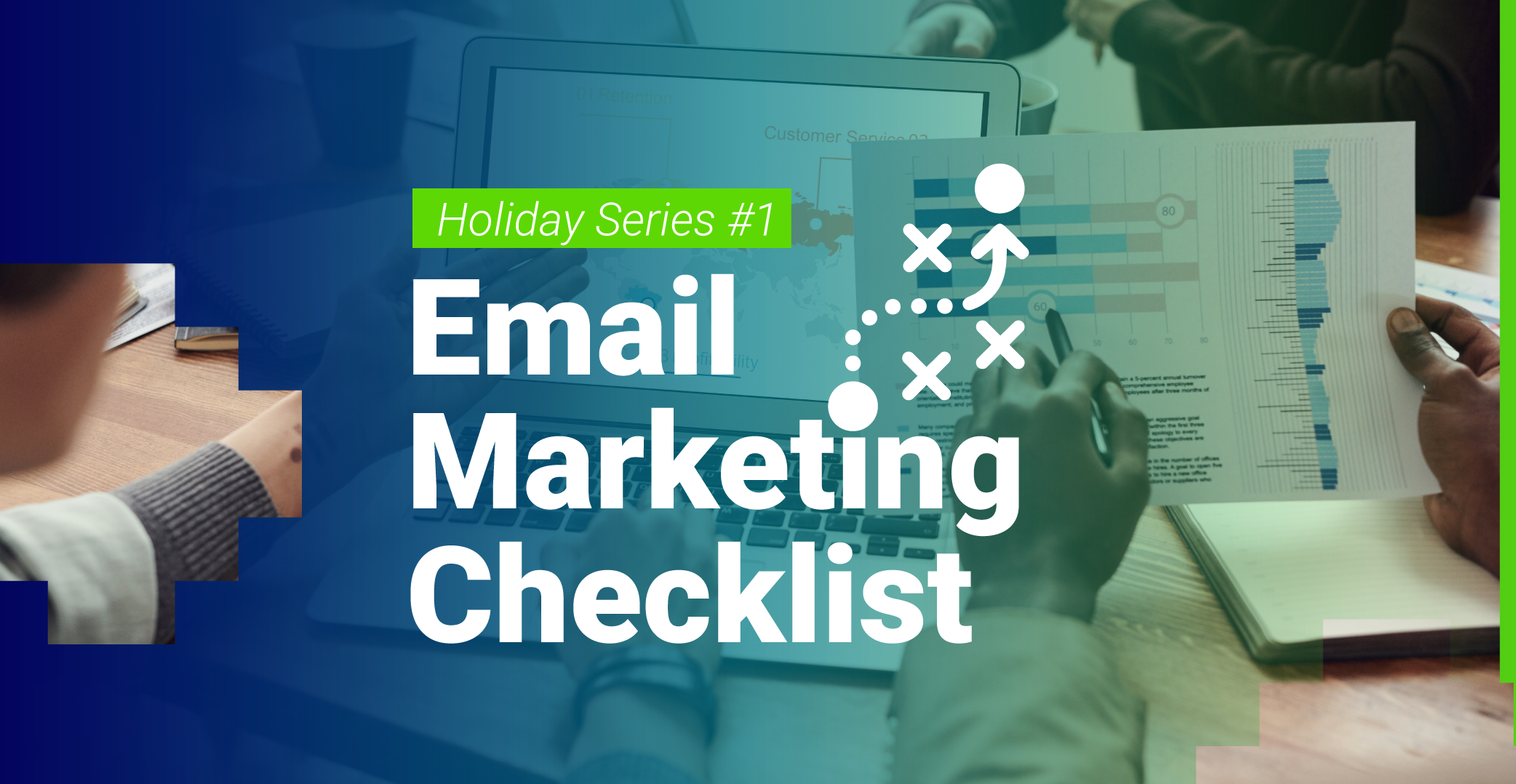
The Holiday Season is coming up – this time of year is the Highest performing Quarter for E-commerce businesses. Consumers are in a great mood and are ready to shop. As people take time off, digital activity hits all time highs. This year, with so much uncertainty due to Covid 19, marketers are wondering how to optimize their strategies with all the pandemic constraints and new shifts in customer behavior. To help you embrace all the challenges and get well prepared for this time, we have prepared An ultimate guide to Holiday Email Marketing that will ensure that you end the season with a big hurrah! Let’s get ready to rake in that revenue!
Growth Stack – What it is & Why you need to build one

At the peril of falling into useless jargon, the term “growth stack” has been catching on fast in recent years, and is on the verge of being part of our common lexicon headed into 2022. Let’s start with a definition so we can use the term in it’s proper sense vs just another “buzzword.” The term “growth stack” derives from growth hacking, which is a discipline focused on rapid growth of a user base through the use of iterative testing, analysis and optimization. The “stack” terminology comes from the development world, but effectively refers to a set of tools that work together to achieve a specific result. So, a growth stack is basically the set of tools a growth hacker or growth marketer uses with the specific focus on rapidly building their user base. Why is this concept catching on so quickly? For one thing, it’s because the tools available have improved dramatically in the past few years, and the ability to integrate tools from across a wider digital ecosystem has taken a radical leap forward. Marketers have been dreaming of this moment for decades, and now for the first time it’s truly possible to achieve a fully-integrated ecosystem with limited customization requirements. The key change really started almost a decade ago, but essentially companies started building products with an intentional focus on being a component of a growth stack rather than trying to be an “all-in-one” solution. Those who were insightful enough to see the near exponential diversification of the digital ecosystem came to realize that “all-in-one” is a pure fantasy, and that the alternate approach is to become a pure “best of breed” solution that could readily work with other best of breed solutions. What this means is that a tool built for the purpose of being a component in a growth stack must first consider integration and data architecture before even thinking about the product itself. The product will be useless if it can’t both consume data it needs from other sources, and be able to deliver the data it captures and generates back to the rest of the ecosystem. Fundamentally, it’s pretty simple and it breaks down into user data, event data, campaign data and potentially some administrative data. All of that must be bilateral from the beginning, so the data architecture must allow for unstructured data of all of those types that can then be used and compiled as necessary. It must have a robust API that can ingest that data as well as export it. So now that this new generation of technology has arrived and matured, the marketing dream of a fully-integrated digital ecosystem has become a reality. That said, here in Asia adoption has only just begun as marketing teams struggle with legacy systems, relatively high investment costs to begin building a growth stack, and a general lack of knowledge or experience in sourcing solutions and building the stack. Increasingly though, everyone is becoming aware that if they don’t start making the move now, their business will rapidly fall behind their competitors, and so the marketing technology arms race is truly heating up. In our next piece, we’ll review some of the key players and options in the space, but in the meantime we’ll finish up here with a few tips and core principles when thinking about building a growth stack: Building a growth stack is the path to future-proofing your business. A diversified, integrated ecosystem that and be systematically upgraded over time is the only way to prevent either falling behind or needing to undergo a whole sale overhaul down the road.
Ematic can help you SOURCE marketing technology at the best prices and terms
If you’re in the market for new marketing technology, the smart move is to contact Ematic Solutions first. At no cost to you, an entire team of experts joins your team as your “buyer’s agent” to help you review the best options, negotiate the best deals, and ensure that you get the best product at the best price every time. Our teams are local and understand your needs, and will work on your behalf to ensure that you get the outcome you are looking for. Ematic Solutions isn’t beholden to any one technology, and isn’t here to sell you something. We are here to help you with every aspect of the buying process, and sometimes the answer is to simply fix what’s wrong with your current provider or not buy anything at all if there’s not a good match for your needs. When you contact providers directly, they will send you their agents, whom you know as “sales people.” It’s their profession to convince you that their product is the best for you and get you to buy it at the highest possible price and the most favorable terms to them. A sales person will never tell you that their product isn’t a good fit for your business, and often times will even stretch the truth about their product’s capabilities to convince you that it can do exactly what you’re looking for. Isn’t it a good idea then to have someone on your team who can provide honest, unbiased opinions? Don’t you want someone on your team who’s seen thousands of contracts and knows what the market rates are, where you can negotiate, and can help create the best environment for you to get the deal you want? Even better, wouldn’t it be great not to have 10 sales people calling you constantly, sending you follow ups and check ins, and pressuring you on timelines that are based on their needs vs your needs? Ematic Solutions has a team of over 100 marketing technology experts constantly reviewing the entire ecosystem that now includes 10k+ companies building marketing technology. We can give you an overview of the market and help narrow down a few recommendations that will uniquely fit your needs. When you’re ready, our Growth Consultants can help reach out to the providers you’re interested in to organize pitch meetings directly with them, then narrow down to a few finalists for the negotiations to begin. If you’re not ready or didn’t find the right thing, no worries! There’s no commitment to buy and if you’d like we can help explore some more options. If you are ready to proceed into the buying process, this is perhaps where Ematic can help most: collectively our team sees thousands of deals every year, and we know what the current market rates look like, and what kind of terms can be negotiated in your favor. The outcome will be that you get the right product at the best possible price, every time when you start with Ematic. Perhaps best of all: we’re not done once the purchase is complete! Ematic can also help with implementations, migrations, integrations with your other marketing technology and ongoing support, all delivered locally and professionally. Not only that, we’re constantly reviewing the marketing technology landscape, and if something better becomes available, we’ll be the first to let you know.
